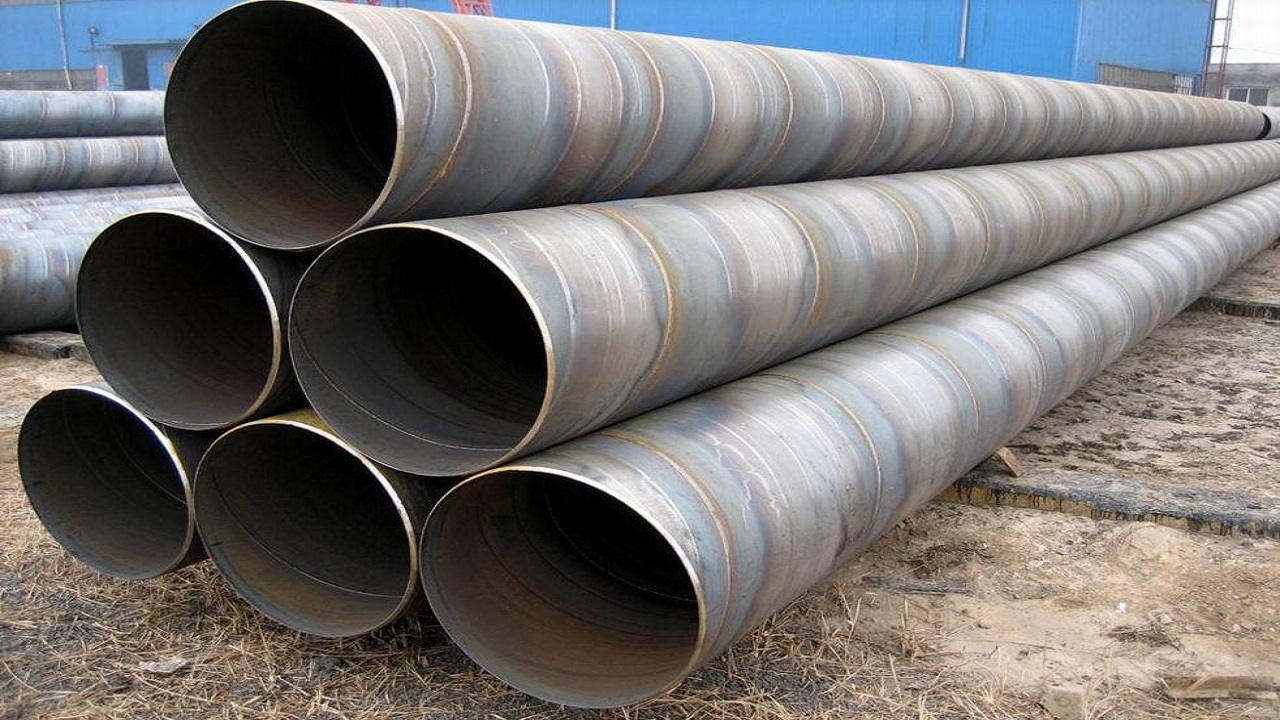In the intricate web of modern infrastructure, welded pipe stands as an unsung hero, playing a crucial role in numerous industries and applications. From transporting fluids and gases to providing structural support in buildings and bridges, welded pipes have become indispensable components in our daily lives. This article delves into the significance of welded pipes, their manufacturing process, and their diverse applications in shaping contemporary infrastructure.
Understanding Welded Pipes
At the heart of many industrial processes lies the welded pipe, a seamless conduit that facilitates the flow of liquids and gases. Welded pipes are crafted through the fusion of two ends of steel strips or plates, forming a cylindrical shape. This process involves welding or joining the edges using various techniques like electric resistance welding (ERW), submerged arc welding (SAW), or high-frequency induction (HFI) welding. The result is a robust pipe with uniformity in dimensions and mechanical properties.
Manufacturing Process
The manufacturing process of welded pipes begins with the selection of high-quality steel coils or plates. These materials undergo rigorous testing to ensure compliance with industry standards and specifications. Next, the steel strips or plates are shaped into a cylindrical form using roll forming or plate bending machines. The edges are then prepared for welding by milling, beveling, or trimming to achieve precise alignment.
Once the edges are properly aligned, the welding process commences. Depending on the chosen method, the edges are heated and fused together, forming a strong bond. Post-welding, the pipes undergo various finishing operations such as sizing, straightening, and testing to verify integrity and quality. Finally, the pipes are cut to specified lengths and subjected to surface treatment processes like galvanization or coating for corrosion resistance.
Applications in Infrastructure
The versatility of welded pipes makes them indispensable in various sectors of infrastructure development. One of the primary applications is in the transportation of fluids and gases. Welded steel pipes serve as conduits for water supply networks, oil and gas pipelines, and sewage systems. Their durability and leak-resistant properties ensure the safe and efficient conveyance of vital resources over long distances.
Moreover, welded pipes play a crucial role in structural applications, providing support and stability to buildings, bridges, and other architectural marvels. In construction projects, welded steel pipes are utilized for piling, foundation piles, and structural columns due to their high load-bearing capacity and resistance to external forces. Their ability to withstand harsh environmental conditions makes them ideal for infrastructure projects in diverse terrains and climates.
Advantages of Welded Pipes
The widespread adoption of welded pipes can be attributed to their numerous advantages over alternative piping materials. Firstly, welded pipes exhibit superior strength and durability, making them suitable for high-pressure applications and heavy-duty usage. Their seamless construction minimizes the risk of leakage and ensures long-term performance, thereby reducing maintenance costs and downtime.
Additionally, welded pipes offer enhanced dimensional accuracy and consistency, resulting in tighter tolerances and improved fitment during installation. This precision engineering translates to greater efficiency and reliability in various infrastructure projects, contributing to overall safety and longevity.
Conclusion
Welded pipes play a vital role in shaping modern infrastructure, serving as essential components in transportation networks, structural frameworks, and industrial processes. Their versatility, durability, and cost-effectiveness make them indispensable in various sectors, from construction and manufacturing to energy and utilities. As technology advances and challenges are overcome, welded pipes will continue to be the backbone of our ever-expanding infrastructure landscape, driving progress and prosperity for generations to come.


